Ear Training / Dave Douglas
 Sunday, February 16, 2014 at 3:26PM
Sunday, February 16, 2014 at 3:26PM 
From a letter I sent out to my coaching clients 2.15.2014
This post references a recommendation I made about a composer's workshop in NYC led by trumpeter Dave Douglas.
- - -
Great freed back from Alec who made it to the second day of Dave Douglas' workshop in NYC. I had a hunch that Dave's vibe would resonate with some of us here. Dave's sense, and practice, of putting intention into a single, simple line goes well beyond his genre and beyond most musicians I know.
I have probably mentioned this before, but I will again.
Dave's article on ear training>
http://www.greenleafmusic.com/the-practice-of-ear-training
and the "I Was Doing Alright" article that speaks to some of the things Dave is referencing:
http://www.iwasdoingallright.com/ear-training/dave-douglas-ear-training/
I understand that possibly many of us here may not be fans of Jazz in general and even what Dave does in particular. At times, even for myself, I have to listen to his recordings "through" and underneath the material to find the goods that resonate. But, I will say it again. This guy is working behind and inside the form in a way that I find quite rare. The pieces, and the vocabulary, often don't speak directly to me. However, when I dig underneath and reach into Dave's intention and his searching...well, this is where the rewards begin pouring out.
At least for me.
On rereading Dave's article just now I came across something with fresh insight. He makes reference to the practice of playing tunes in all 12 keys. This is a common jazz player's approach and I have spent some of my woodshed time doing this. This was in the very old days when the only studies available beyond the classical world were in the world of jazz. Now we have a lot more options! (Yes, I have played "Stella by Starlight" and "Blue Bossa." And played them terribly, I will add.)
With these new options and the pressing commitments I made to play the music that I have, I have abandoned this concept. I have moved over to the more Frippiannissmo approach which goes more like "Learn what you need to learn. Don't spend your time working on things that don't serve where you are going." (I paraphrase, at risk!) Or in my own words "I want to work as little as possible." Which doesn't mean doing nothing. It means doing only what needs to be done, and doing it as efficiently as possible. This is embodied in my Aikido practice, as well -- don't use any extra force when you can leverage a tiny amount of movement to create the same result.
And, I often bring this up in coaching sessions. Do you REALLY need to learn everything in every key? Do you REALLY need to learn every mode and every altered scale? And in EVERY key? I'm not sure that is a great use of your time. You can spend your entire existence tackling all of this. Far better to figure out what you truly need to know and dig into that. Deep into it.
So, my line has been more: Screw that. Learn and work with the modes that truly speak to you. Figure out which chord changes or rhythms or modes make you resonant and work with those. Go deeper with them rather than accumulating more and more information and more random flexibility.
However...
I heard something in this latest reading of Dave's article that I hadn't before.
This was the idea of having a piece of music so deeply immersed in your inner ear and so embodied within you that you can pick a new starting point for it and play the whole piece. I suddenly heard this All-Keys concept not as a way to develop mega-chops and the capacity to improvise fluidly in any concept, but as a way to go deep into what you are working with.
So, I am going to begin experimenting with this.
Mind you, guitar players (and even more so tapping instrumentalists) have a built in disadvantage to working with this. All we have to do is slide the geometry of our hand movements up or down a few frets and, voila, we have "mastered" a new key. Hardly. In fact, this is why us string players can fall, much more quickly, into stagnated melodic lines. Lines that are more geometry than music.
So guitar players beware! Move the tune to a different part of the neck and use your ear to lead the parade. Not the patterns of the geometry of the fretboard.
And, all 12 keys? Probably not necessary. Though I can imagine getting the piece clear enough in your ear that you can pick random keys on occasion and deliver.
I can hear the jazz players smirking. “This is obvious and a no-brainer.” But from my world it isn't obvious and it isn't a no-brainer. When you are working the creative process in its rawer form, there isn't a text book and there is no path in front of you. And there isn't any repertoire! When you are spending your energies creating your own repertoire (or even your own genres) while simultaneously developing your playing capacities, then you don't have time to learn everything. In fact, that can quickly become a distraction.
I look forward to seeing if this sets anything in motion for other players. Keep us all informed in the comments.
 Dave Douglas with John Zorn and Masada
Dave Douglas with John Zorn and Masada
 dave douglas,
dave douglas,  ears,
ears,  listening
listening 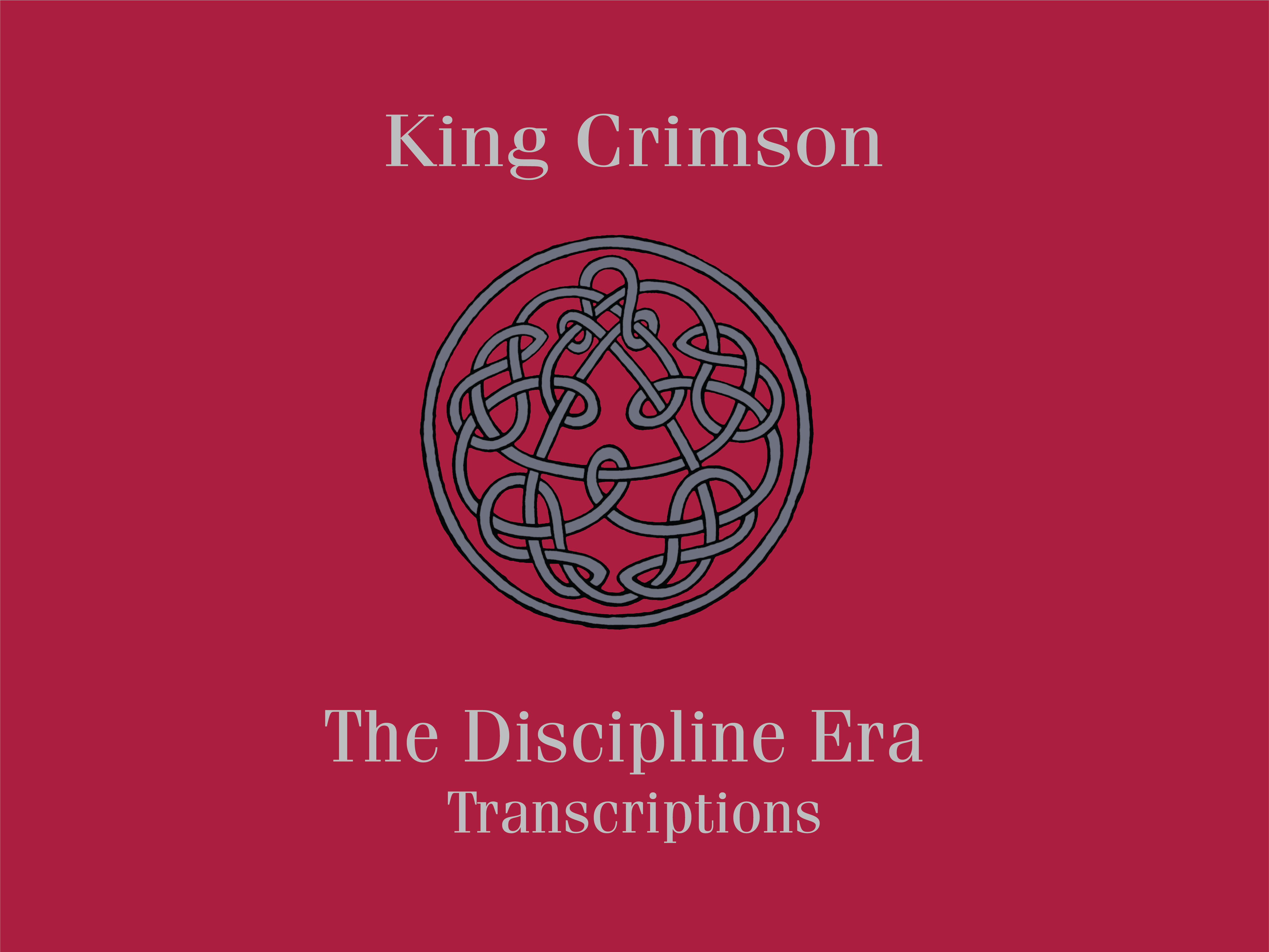
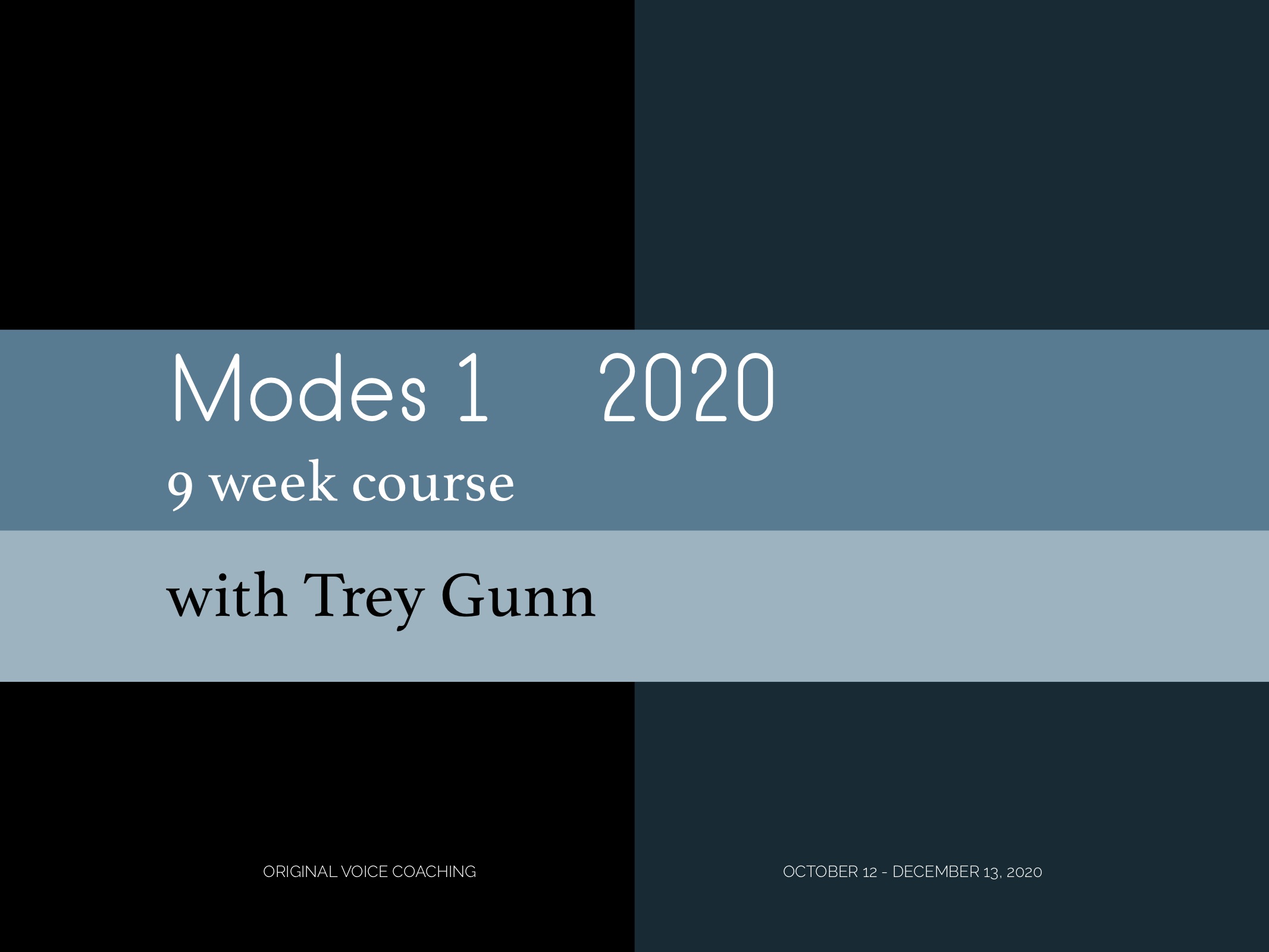
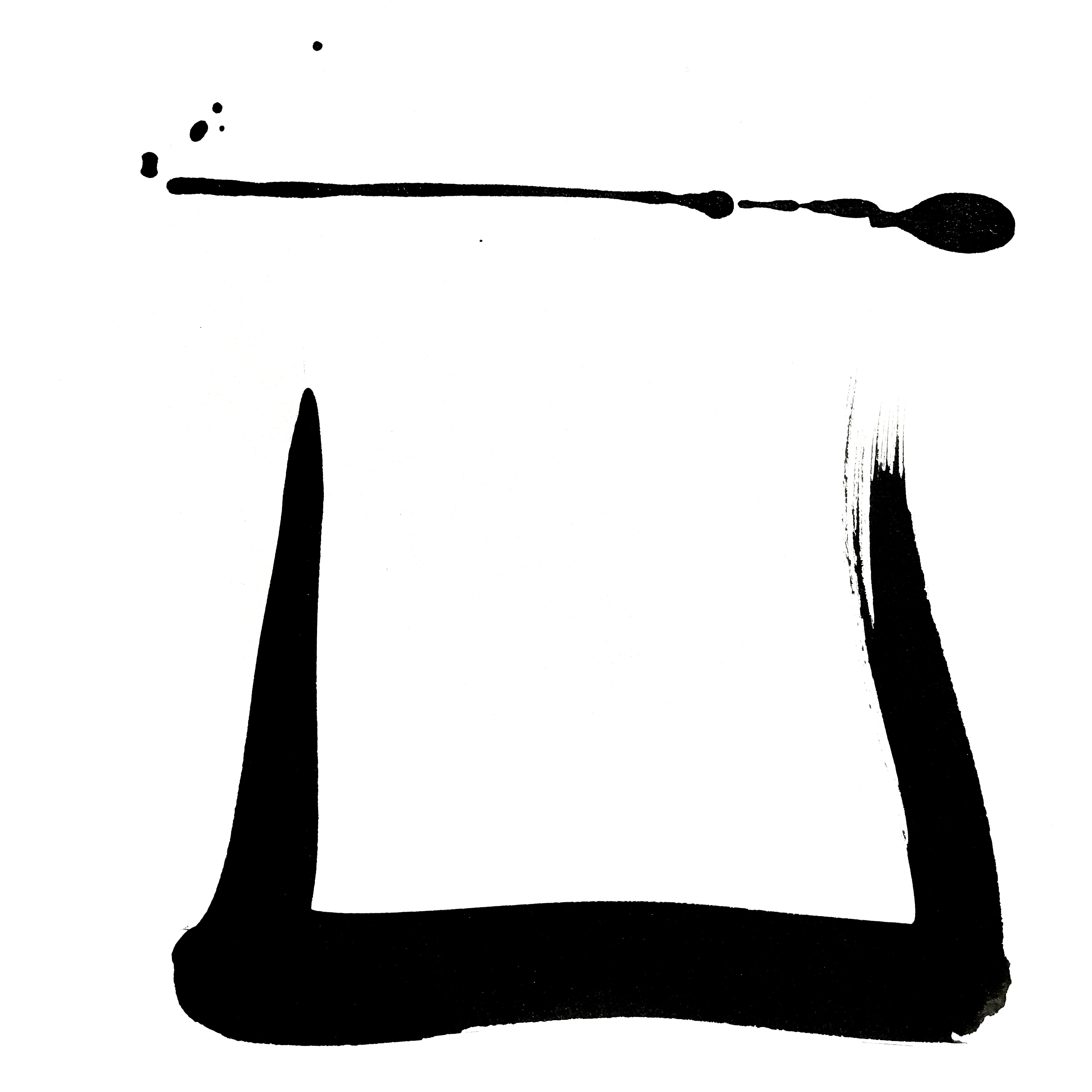
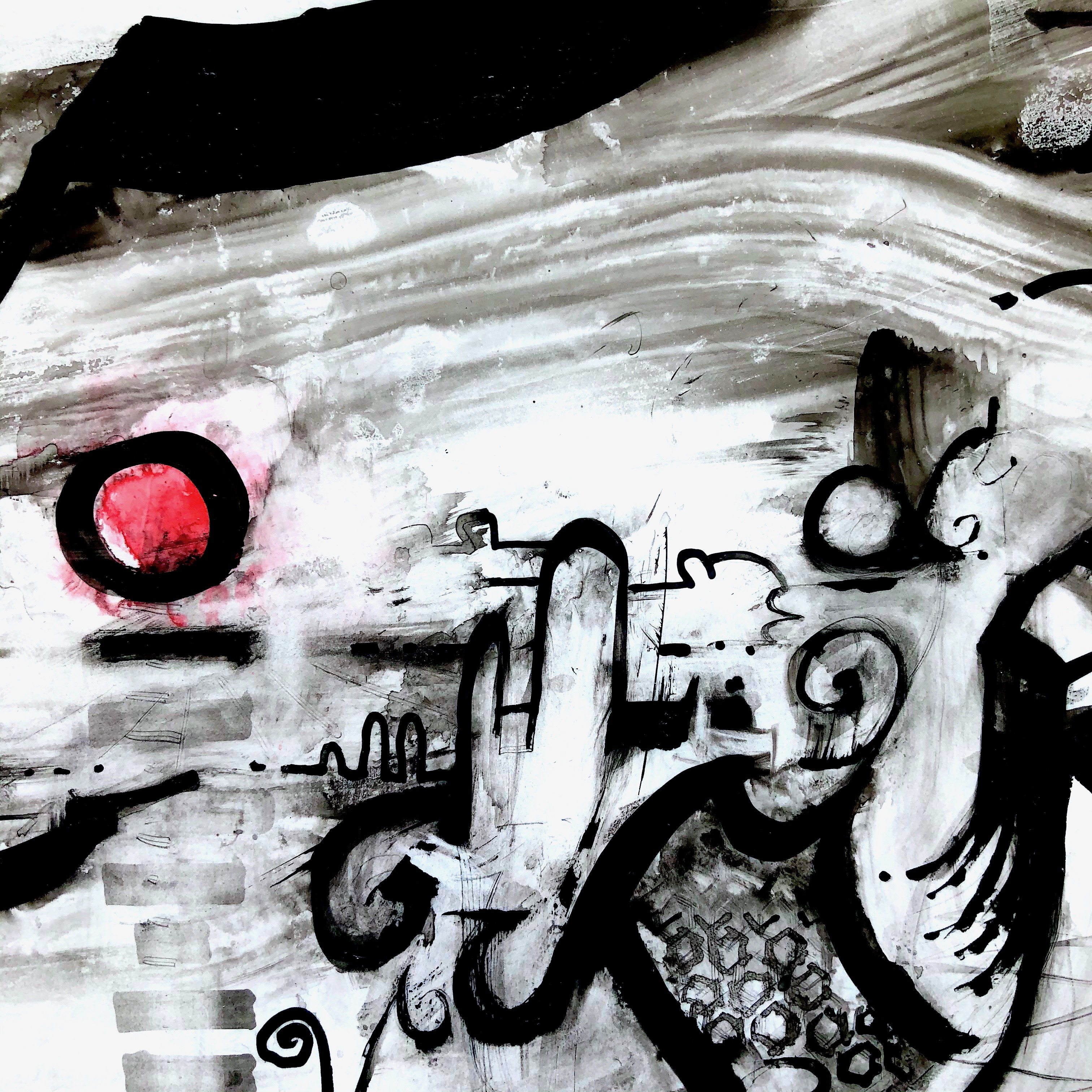
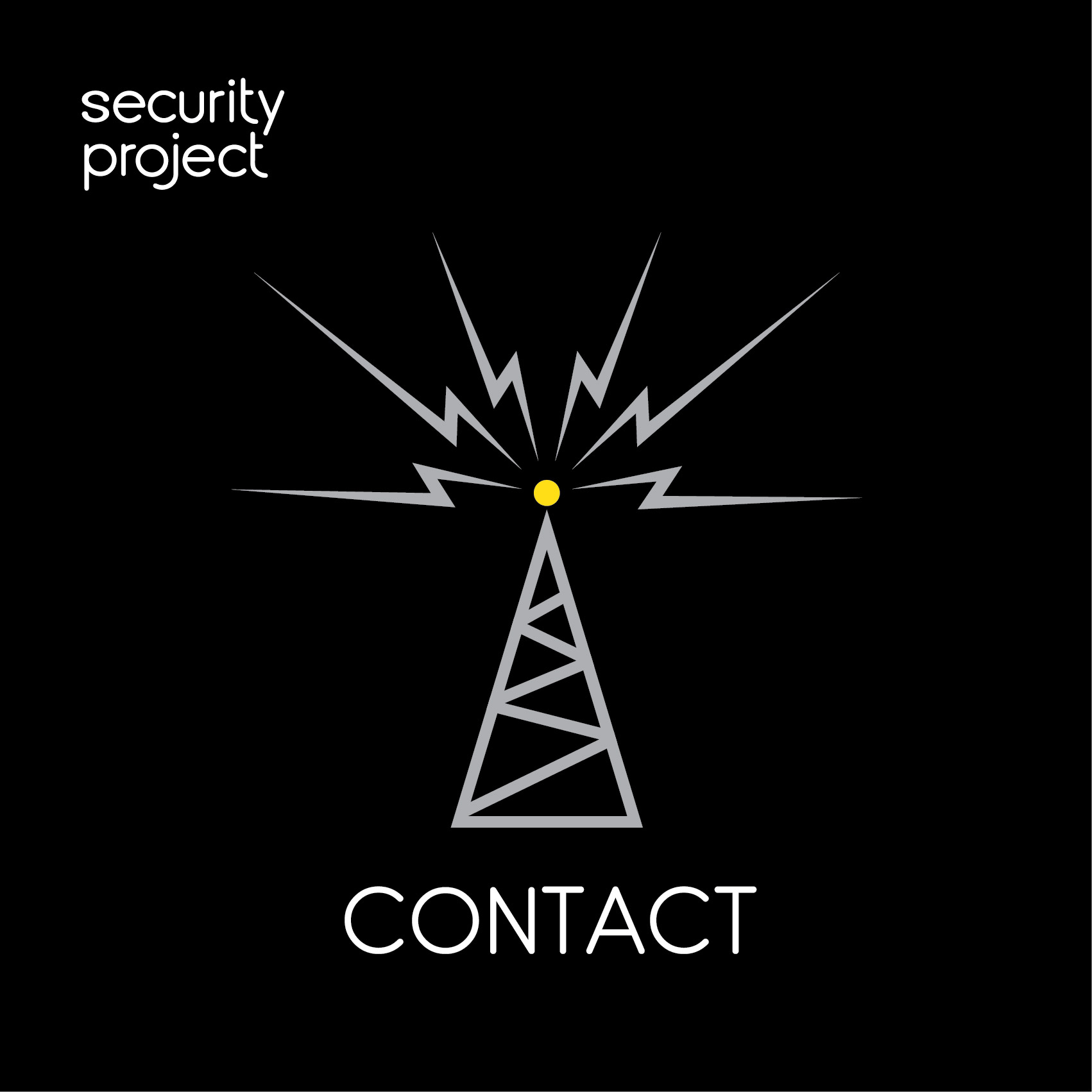
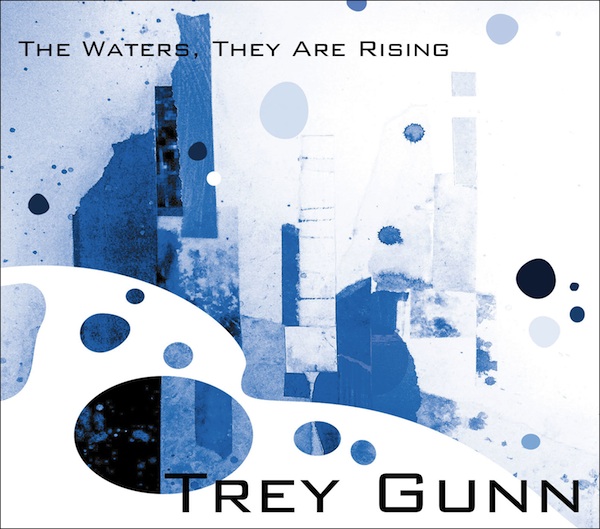
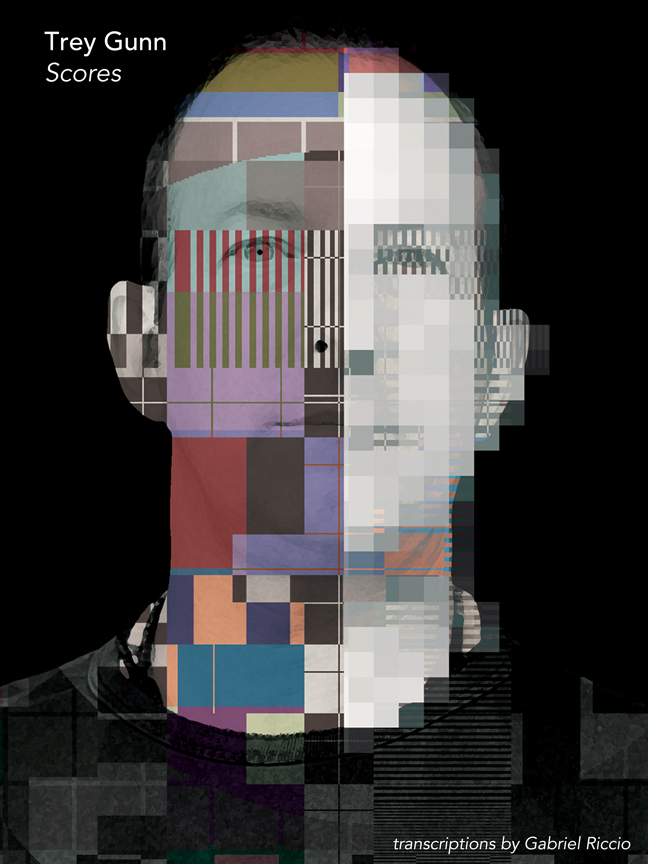
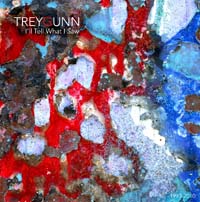
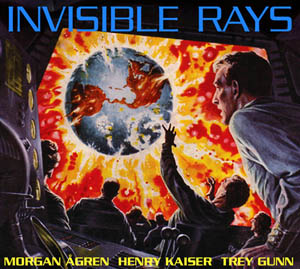
Reader Comments (3)
As far as getting out of 'geometrical' playing a friend and internationally recognized gypsy guitarist suggested I scat sing my lines over original or existing pieces several times before attempting to construct a solo, then transcribe my singing. My lines are much more fluid and often bare little resemblance to the standard 'patterns' you can get used to falling back on. And of course this helps your ear considerably as well.
This is great information. On guitar I found myself often falling into "patterns" that I was used to or that were burned into muscle memory when trying to write or improvise. I love these ideas to break away from that and play what you hear in your head or really get a feel for what the music sounds like rather than the set of patterns.
On touch guitar, I am working on the TGC pentachord exercises and trying to really 'hear' and feel each mode as I work on it. I don't want to just burn the patterns into memory but instead hear the color of each mode. The exercise I am working on now has a defined set of patterns/fingerings as a starting point for each mode (which does help develop the physical movements and muscle memory), but I have been trying to hear the mode and play it in other places on the fretboard with other fingerings by ear (so that I can't just rely on the patterns). Maybe one way to get around the unfortunate ease of just moving to a new position to play a song in a different key would be to force yourself to play it with a starting point and across different strings in a way that forces different fingerings/patterns.
Love these ideas you mention, definitely want to try them.
Thanks Trey.
Glad to have found this post. And grateful that you took the time to look into my posts about this topic.
My comment:
I am all in favor of "Work as little as possible." The twelve keys are not so much a way of making busy work, they're more like finding a window into your own fluency in any given musical moment. Of knowing yourself and your instrument well enough that you are ready for anything. (Acknowledging that the universe of music is so vast and unknowable that there should always be unfamiliar situations to encounter!) That's the most interesting part! Don't get bored practicing, get absorbed with the infinite depth of each moment. Flip the script as a mind opener.
Guitarists and tappers: in each key, incorporate as many open strings as you can. It changes the geometry! I got this idea from watching my stepson play guitar. He's 19 and he is into groups like Animals As Leasers, Volumes, and Periphery. (Now that I have heard them, I am into them, too!). He was struggling with a passage and when he changed the key it opened up the sound.
Anyway. Love your music. Glad we had a chance to play together all those years ago. All my best.
Dave